10 Quirky Objects Spies Have Tried to Bug
Listen to the podcast: A History of the World in Spy Objects

The steam of espionage
China is at the center of an international intrigue after reports of an elaborate attempt to spy on a civil servant at the British Embassy in Beijing by bugging their teapot. The teapot, ostensibly presented as a gesture of goodwill, crashed to the ground during dishwashing. As the shattered pieces were being collected, the embassy worker stumbled upon a hidden recording device. It’s not clear if the story is simply a tempest in a teapot but if it is true, it certainly wouldn’t be the first time spies tried to plant an electronic eavesdropping device in an everyday object.
Here are nine other reports of sneaky spies and electronic bugging exploits.
"The brand new social experience where you activate your gaming skills as you train like a spy."
- TimeOut
Take on thrilling, high-energy espionage challenges across different game zones.

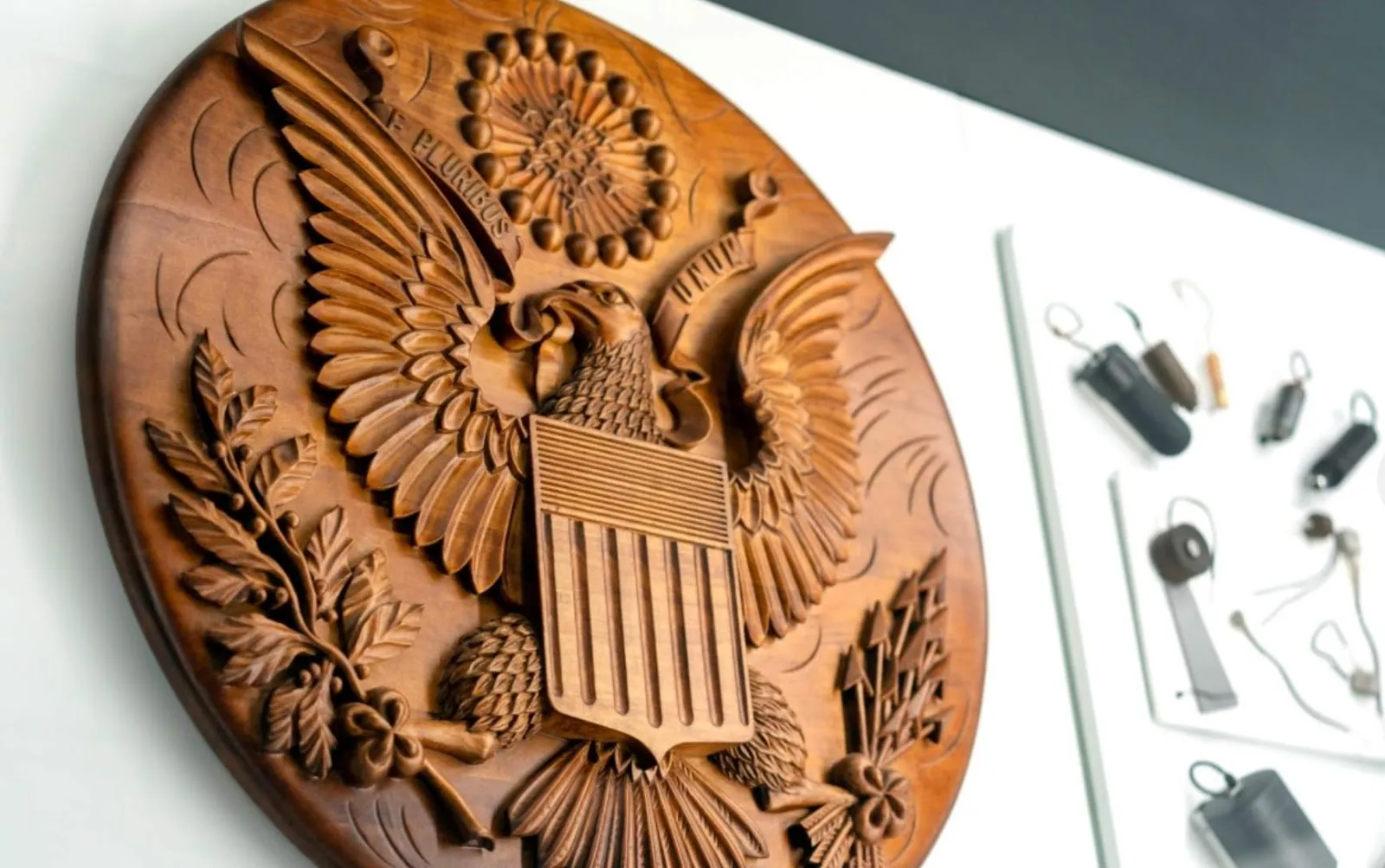
9. The Great Seal Bug - aka ‘The Thing’ (1945-1952)
In 1945, Soviet children gifted a hand-carved Great Seal replica to the US Ambassador in Moscow. Unbeknown to him, it harbored a covert listening device which remained in operation for another seven years until it was finally discovered in 1952. The KGB's ingenious creation, known as ‘The Thing’, baffled technicians. With no battery or circuits, how did it transmit? They finally discovered that The Thing operated as a passive cavity resonator activated by a radio beam from a van outside. It ingeniously transmitted audio signals via sound waves to spies listening in the van.
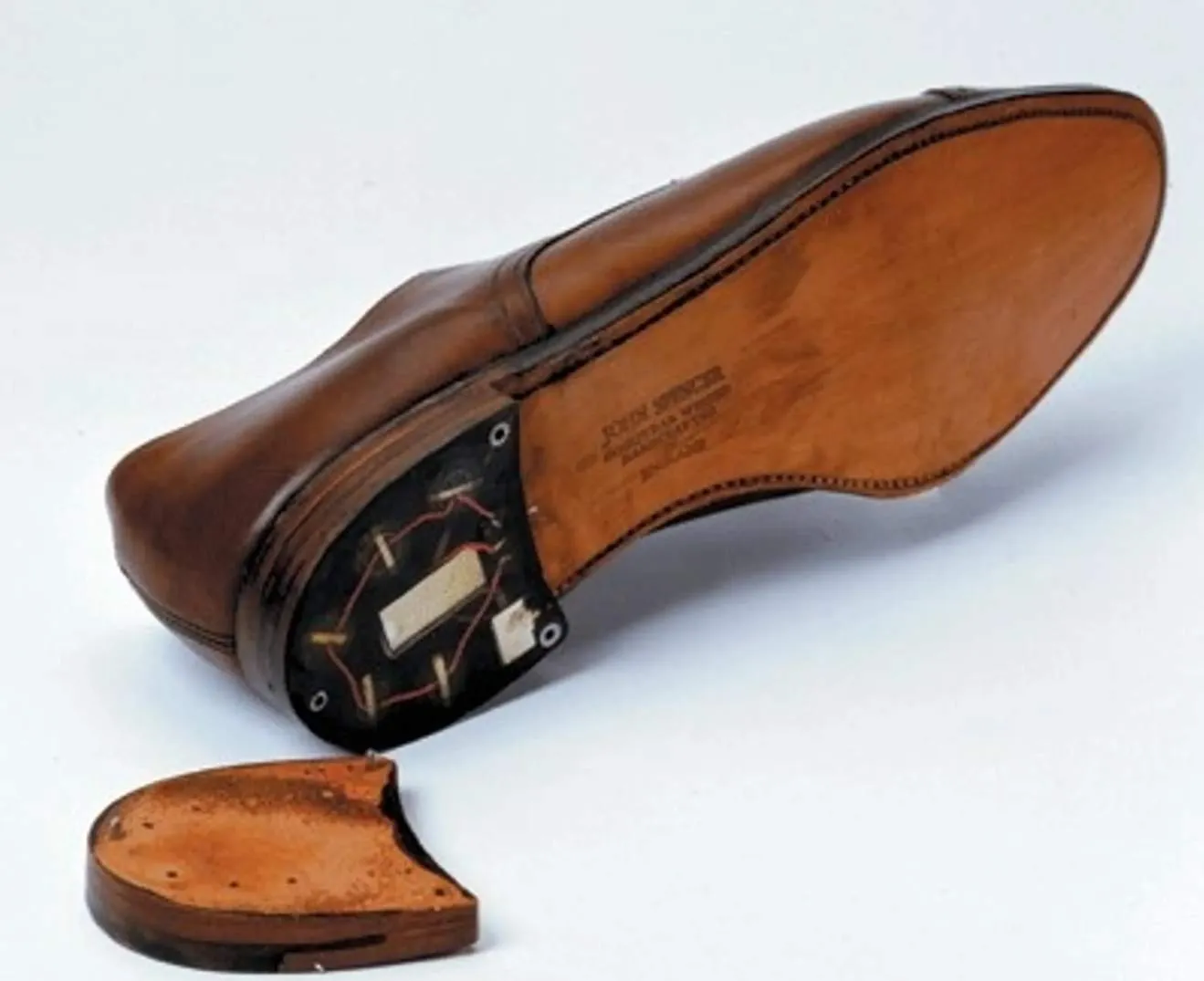
8. Spy Shoe, 1960s
The KGB were way ahead of Maxwell Smart, secret agent for Control. Back in the 1960s they issued the spy shoe with a radio transmitter concealed in the heel to monitor private conversations. A maid or personal assistant with access to the target’s clothing was tasked with planting the rigged shoes. The transmitter could be activated by pulling a white pin from the heel where the transmitter, microphone, and batteries were embedded. The target would then become a walking, talking, transmission station conveying conversations to a nearby monitoring post.
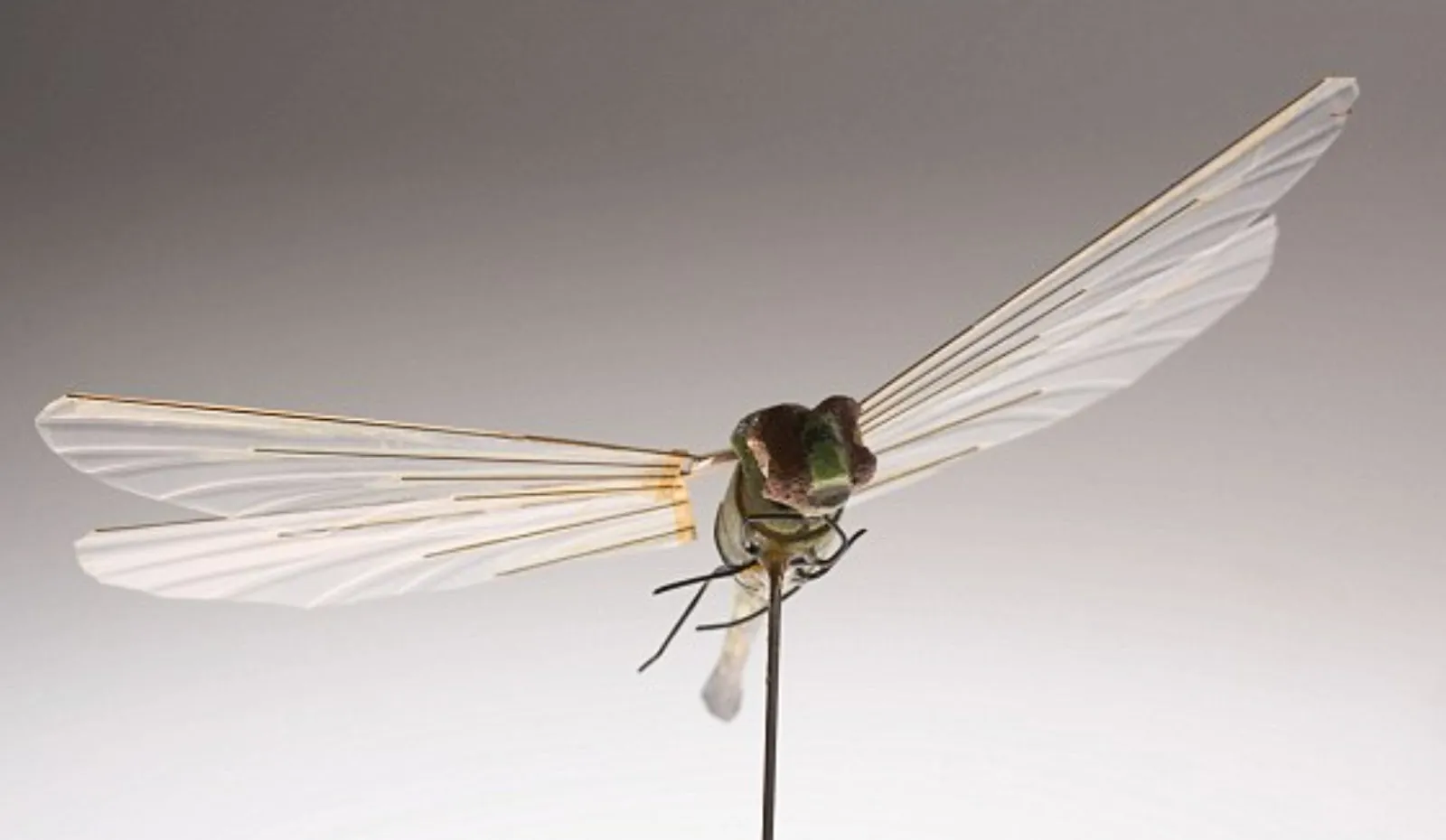
7. The ‘insectothopter’ drone, 1970s
The CIA tested an early drone in the ‘70s, an unmanned aerial vehicle ‘insectothopter’, a dragonfly-shaped unmanned aerial vehicle. Crafted with the help of a watchmaker, this tiny marvel boasted a bead-sized microphone nestled in its head, wings powered by a miniature fluidic oscillator, and even a laser serving as a data link for its audio sensor payload. Despite its charm, the dragonfly struggled against the wind, prompting the CIA to bid farewell to its fluttering agent while still nurturing an unyielding appetite for innovative robotics.
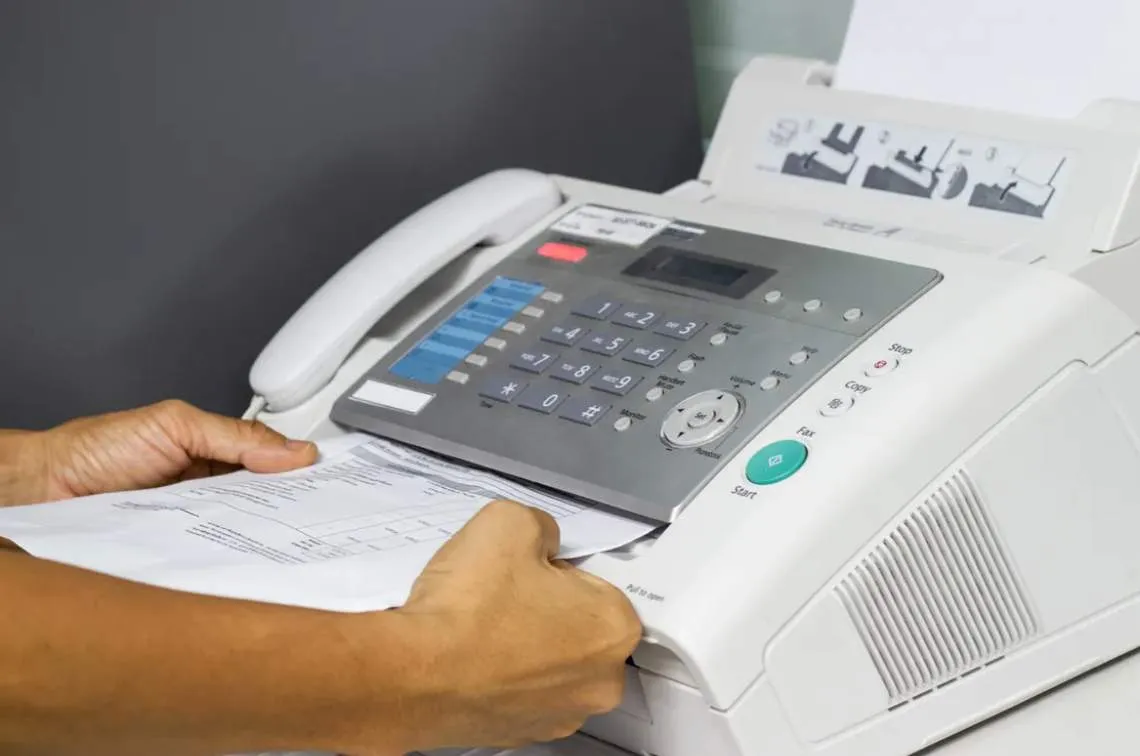
6. Bugging EU HQ (2007-2013)
Edward Snowden's leaked NSA documents indicated extensive US spying on the European Union mission in New York and its D.C. embassy using various surveillance techniques, including electronic bugs and cable taps. Targets included allies France, Italy, Greece, Japan, Mexico, South Korea, India, and Turkey. In one instance, Operation Dropmire operatives are said to have planted a bug in an encrypted fax machine at the EU Embassy to gather insights into policy disagreements and rifts. A report in The Guardian alleged that at least 38 foreign embassies were under surveillance, some as far back as 2007.

5. Proton Watch Recorders, Cold War
During the Cold War, spies used Germany’s Protona to supply clandestine wristwatch microphones - about 120,000 of them were reportedly ordered by an American ‘company’ in the 1950s. The vintage Protona Minifon was worn discreetly under a shirt cuff and connected to a recorder on a harness nestled into the small of an operative’s back and concealed with a jacket. These watches were recording devices, not timepieces, so they were frozen at 7:25. Rare in auctions, prices vary, with an original ad citing $289.50 ($2,800 today), while one on eBay in mid-2023 sold for $449.99.
.webp)
4. Britain’s fake Internet cafe, 2009
Go big or go home. Britain’s electronic eavesdropping spies at GCHQ set up entirely fake Internet cafes to read email traffic on rigged computer devices and also monitored phone calls during the G20 summit in 2009. Targets include long-standing allies such as South Africa and Turkey and the disclosure raised questions about whether there were any boundaries observed by GCHQ and its US sister organization the National Security Agency.

3. The Walls Had Ears at the US Embassy in Moscow
The US Embassy in Moscow was half-way built when officials realized the Soviets had embedded hundreds of listening devices directly into the walls. Moscow admitted as much to US Ambassador Robert S. Strauss in 1991 after the Soviet Union collapsed and relations with the US thawed. The embassy structure was so riddled with bugs some US counterespionage experts described it as a giant microphone. The embassy project took 27 years to complete, finally opening in 2000 but in 2018, the consular department was opened in the new building.
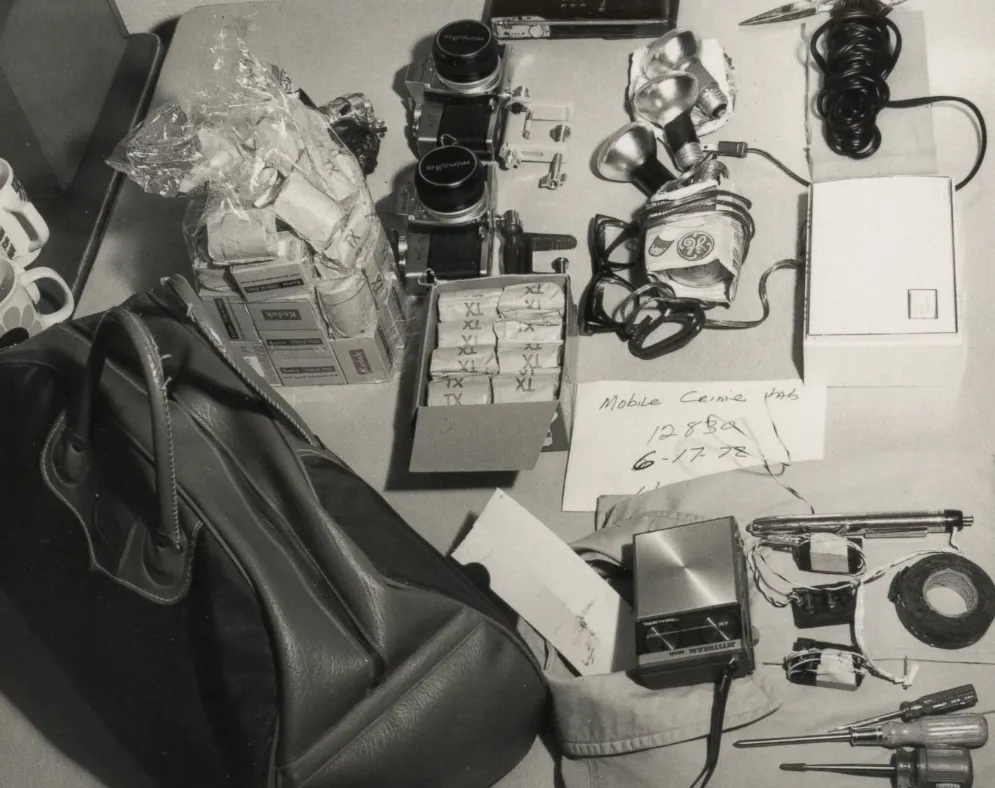
2. The Watergate ‘Silver Dollar’ Bug (1972)
The White House ‘Plumbers’ were caught in the act in 1972, revealing a (somewhat) sophisticated plot by Richard Nixon’s staff to bug the Democratic National Committee at the Watergate complex in D.C. A security guard notified police of a possible break-in and the burglars were arrested at gunpoint and found with intricate devices for eavesdropping, lock-picks, and door jimmies, along with almost $2,300 in cash. One of the bugging devices discovered was described as the size of a silver dollar, compact enough to be concealed under a telephone or desk. The discovery of the bugs eventually led to Nixon’s resignation.
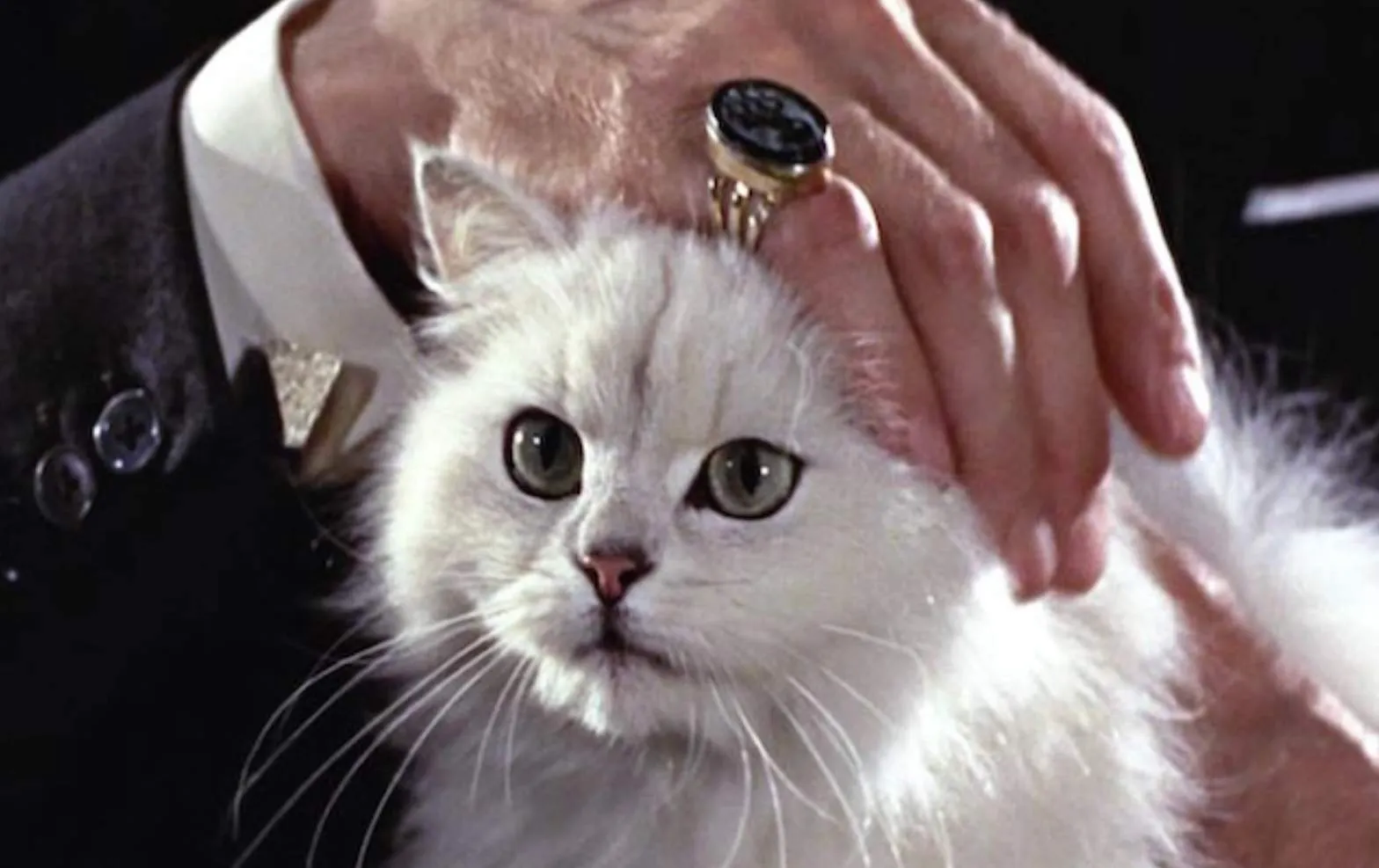
1. Operation Acoustic Kitty, 1960s
In a daring CIA venture, Operation Acoustic Kitty aimed to transform cats into living surveillance devices. As Robert Wallace and H. Keith Melton wrote in Spycraft, the plan involved extensive surgical modifications, including microphones and transmitters, turning feline agents into mobile eavesdropping assets. The project faced challenges such as unpredictable feline behavior. Despite significant efforts, Operation Acoustic Kitty proved impractical and was ultimately terminated - a reminder that even the most daring ideas can sometimes be a whisker away from impracticality.
SPYSCAPE+

Join now to get True Spies episodes early and ad-free every week, plus subscriber-only Debriefs and Q&As to bring you closer to your favorite spies and stories from the show. You’ll also get our exclusive series The Razumov Files and The Great James Bond Car Robbery!


Gadgets & Gifts
Explore a world of secrets together. Navigate through interactive exhibits and missions to discover your spy roles.
Your Spy Skills
We all have valuable spy skills - your mission is to discover yours. See if you have what it takes to be a secret agent, with our authentic spy skills evaluation* developed by a former Head of Training at British Intelligence. It's FREE so share & compare with friends now!
* Find more information about the scientific methods behind the evaluation here.


Stay Connected
Follow us for the latest
TIKTOK
INSTAGRAM
X
FACEBOOK
YOUTUBE